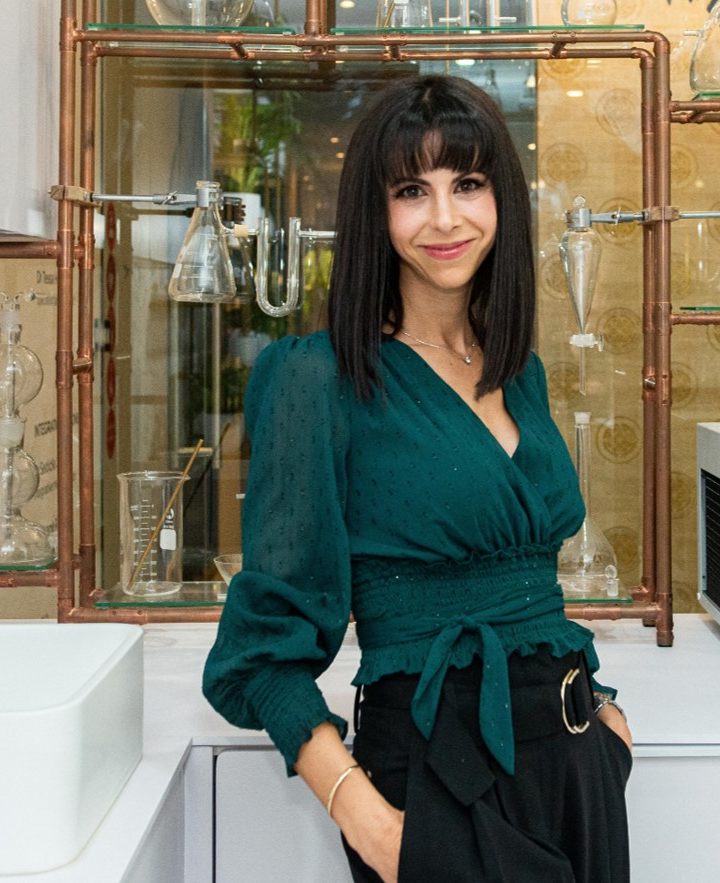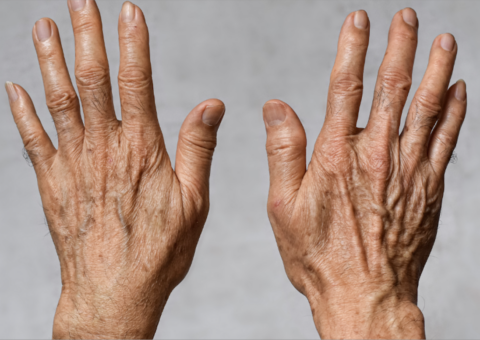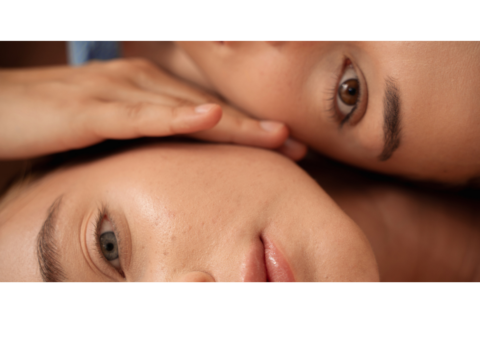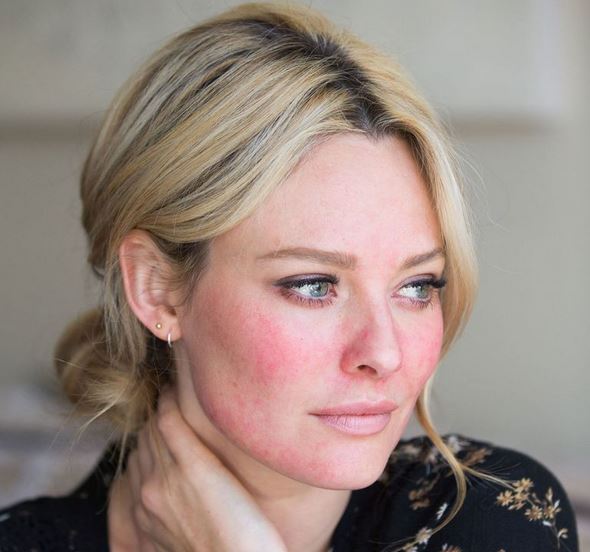
More than just a healthy glow?
Here are some reasons you might be experiencing facial redness.
![]() Rosacea
Rosacea
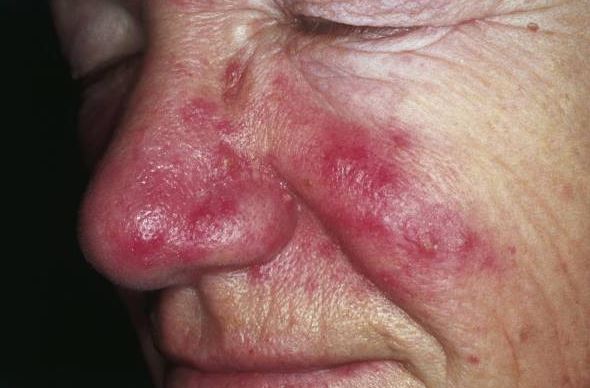
This common condition leaves you with sensitive skin and fine dilated veins on the nose and cheeks. You also experience flushing when drinking hot drinks, eating spicy food, and in a warm environment.
Your dermatologist will prescribe topical and sometimes oral therapy to control the symptoms. Rosacea can also affect your eyes. Consult your doctor early on if you develop red or irritated eyes.
![]() Perioral dermatitis
Perioral dermatitis
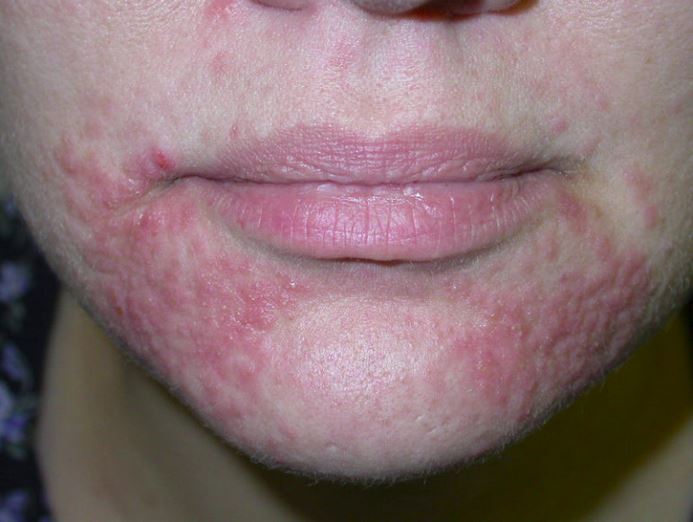
Inflammation of the skin around the mouth that is more ‘red-and-bumpy’ than ‘red-and-scaly’. It tends to spare a small area adjacent to the lips. Sometimes this is seen with extended use of topical steroids, be cautious always about using topical steroids as prescribed.
![]() Seborrheic dermatitis
Seborrheic dermatitis
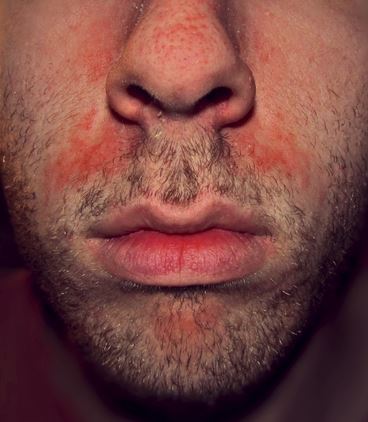
Fine greasy scale in eyebrows and nasolabial folds, usually with dandruff on the scalp. Look for products that contain zinc pyrithione, selenium sulfide, coal tar, salicylic acid, and sulfur. These over-the-counter ingredients help control seborrheic dermatitis.
![]() Eczema
Eczema
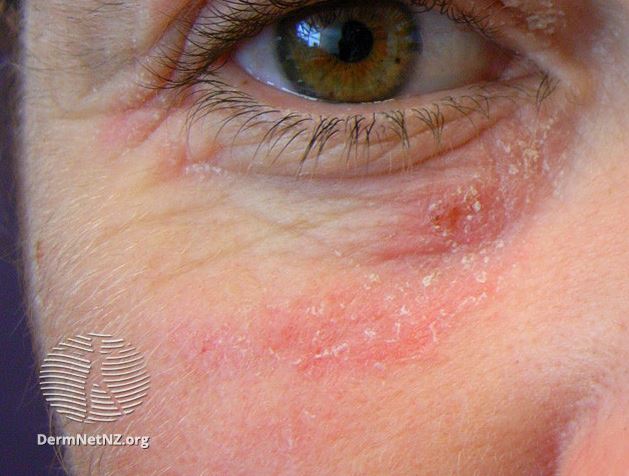
Eczema or atopic dermatitis is eczema we commonly see in kids, but it occurs in adults too. Your dermatologist will tailor your treatment to your needs.
![]() Skin irritant or allergic contact dermatitis
Skin irritant or allergic contact dermatitis
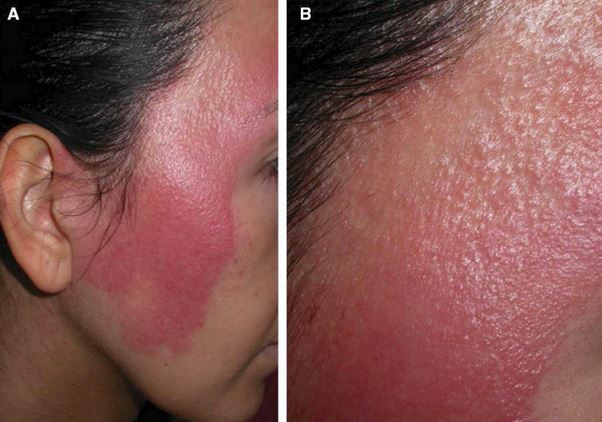
Some cosmetic and skincare products contain ingredients irritating the delicate skin on your face. It’s understandable, the poor skin around your eyes is less than 1mm in thickness! Products can burn your skin.
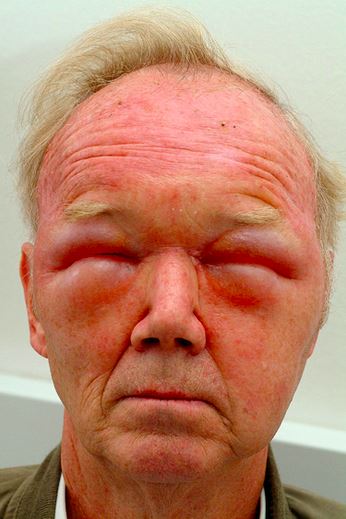
You can also develop an allergy to any of the very long lists of ingredients at the back of the product. Reading the ingredients of skincare products also feels like reading the dictionary back-to-back. Fortunately, your dermatologist can help target the most likely cause and suggest specialized tests, for example, patch testing, to find the culprit.
![]() Spider veins
Spider veins

Accumulated sun damage can cause these fine red veins on the cheeks.
Yet another good reason to be a diligent sunscreen user. Remember to apply sunscreen to the side of your neck. This area is also particularly prone to developing fine red veins. Consult our laser specialists on how to treat these little veins.
![]() Sun sensitive disorders (Photodermatoses)
Sun sensitive disorders (Photodermatoses)
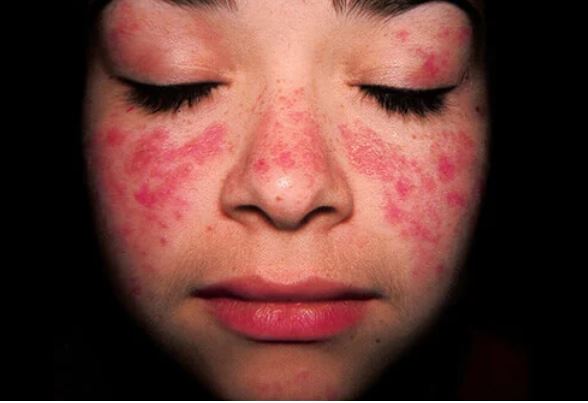
Besides sunburn, there are many reactions your skin might have to sun exposure. Systemic lupus erythematosus is an autoimmune condition that dermatologists are on HIGH ALERT for.
This has many presentations, one being a red rash on the sun-exposed areas that does not fade over a few days. Classically this is also described as a ‘butterfly rash’ with a butterfly’s appearance over the nose (body of the butterfly) and the cheeks (wings of the butterfly).
![]() Tips for treating your facial redness at home
Tips for treating your facial redness at home![]()
- Use a gentle soap, preferably with a pH of 5.5 or less. Avoid ‘over-exfoliating’, this may be damaging your skin barrier.
- Hydrate your skin sufficiently, look for ingredients like glycerin, urea, panthenol, ceramides, squalane, and natural moisturizing factor.
- Go fragrance-free. Fragrances in skincare products may cause irritation.
- Wear a good physical sunscreen (for more on sunscreens, read the blog by dr Vanessa Lapinier)
- Concealer with a green tint will counter the appearance of redness.
- If the redness is persistent or cumbersome, see your dermatologist.
- Remember that lasers can work magic to lessen the appearance of fine red veins.

Contact us today to learn what options there are to bid your red face au revoir.



